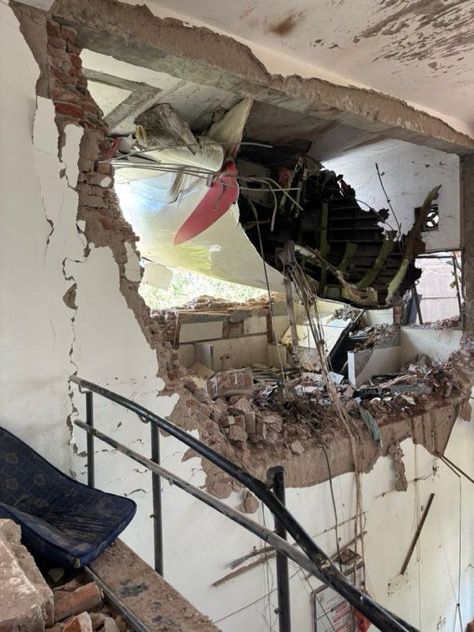Rasheed Palliyalil
Last Thursday’s devastating crash of Air India’s Boeing 787 Dreamliner in Ahmedabad, claiming over 240 lives, has shaken the world. It’s the first fatal crash involving the Dreamliner model and the deadliest aviation disaster globally in nearly a decade.
While the cause remains under investigation, the communication response in these early hours will define how the public perceives the accident and the integrity of the organisations and authorities involved.
As a PR professional, I view this moment as a case study in crisis communication. For Air India, which is currently rebranding itself under the Tata Group as a modern, world-class airline, the challenge is not only technical or operational. It is reputational as well. Rebuilding public trust starts with how they communicate.

In times like these, three principles matter most: transparency, timeliness, and empathy. The public, victims’ families, and global stakeholders need facts, not fluff. Visible leadership, not generic press releases. And real human emotion, not corporate jargon.
A powerful example to learn from is what I call the Dubai model of crisis communication. When Emirates flight EK521 caught fire while landing in Dubai in 2016, Emirates Group Chairman and CEO Sheikh Ahmed bin Saeed Al Maktoum led a textbook example of crisis communication.
Within hours, Sheikh Ahmed addressed a global press conference, expressing empathy, sharing facts, and assuring full cooperation with authorities. His calm, transparent, and timely communication reassured stakeholders, preserved the airline’s reputation, and became a benchmark in aviation crisis response. By prioritizing people, facts, and accountability, Sheikh Ahmed demonstrated how leadership visibility and swift, honest communication can control the narrative and rebuild trust in the most challenging moments.
Crisis communication cannot undo tragedy. But done right, it preserves dignity, reinforces responsibility, and rebuilds trust.
What happened in India’s Ahmedabad is not just Air India’s crisis. Boeing is equally under the lens, given previous Dreamliner concerns. How both brands lead their communication now will echo far beyond headlines. Because in the aftermath of loss, the world does not just watch. The world remembers the tragedy.

Rasheed Palliyalil






